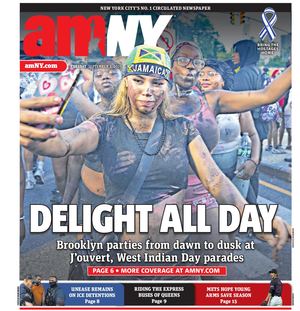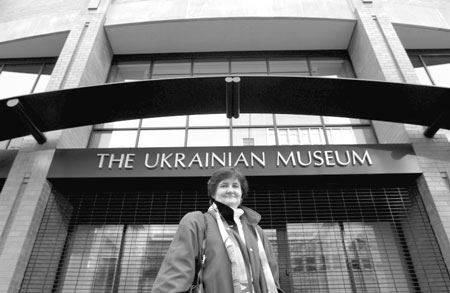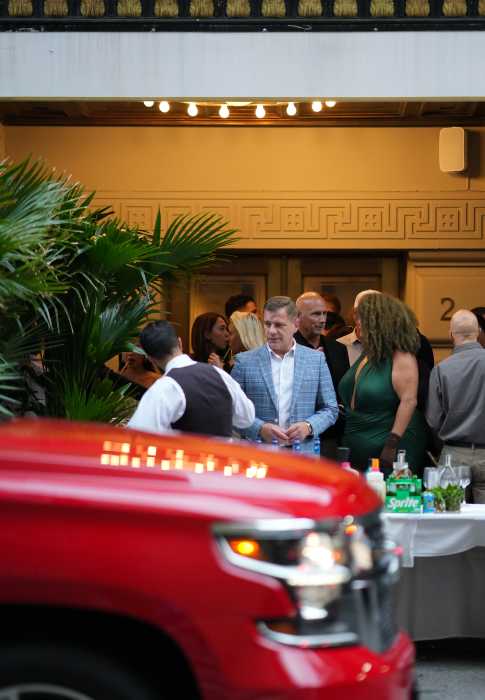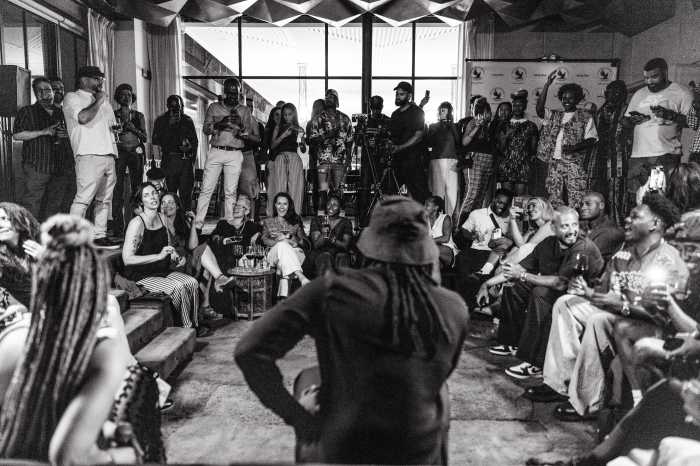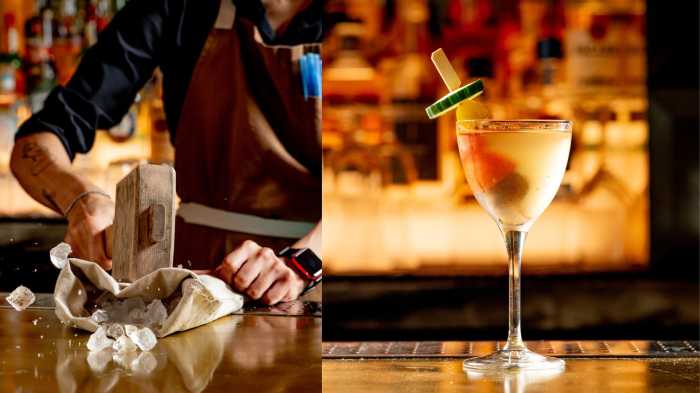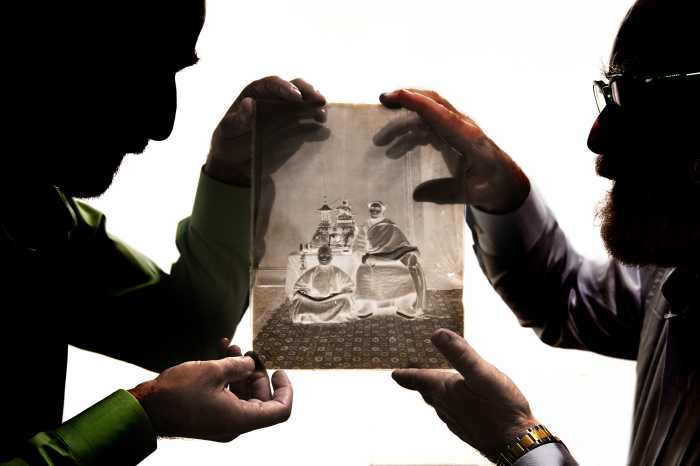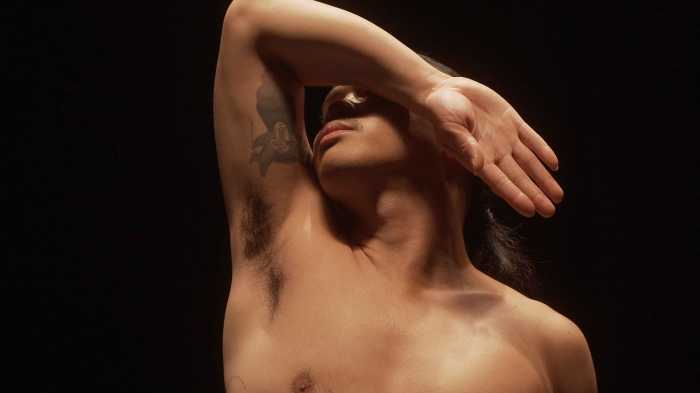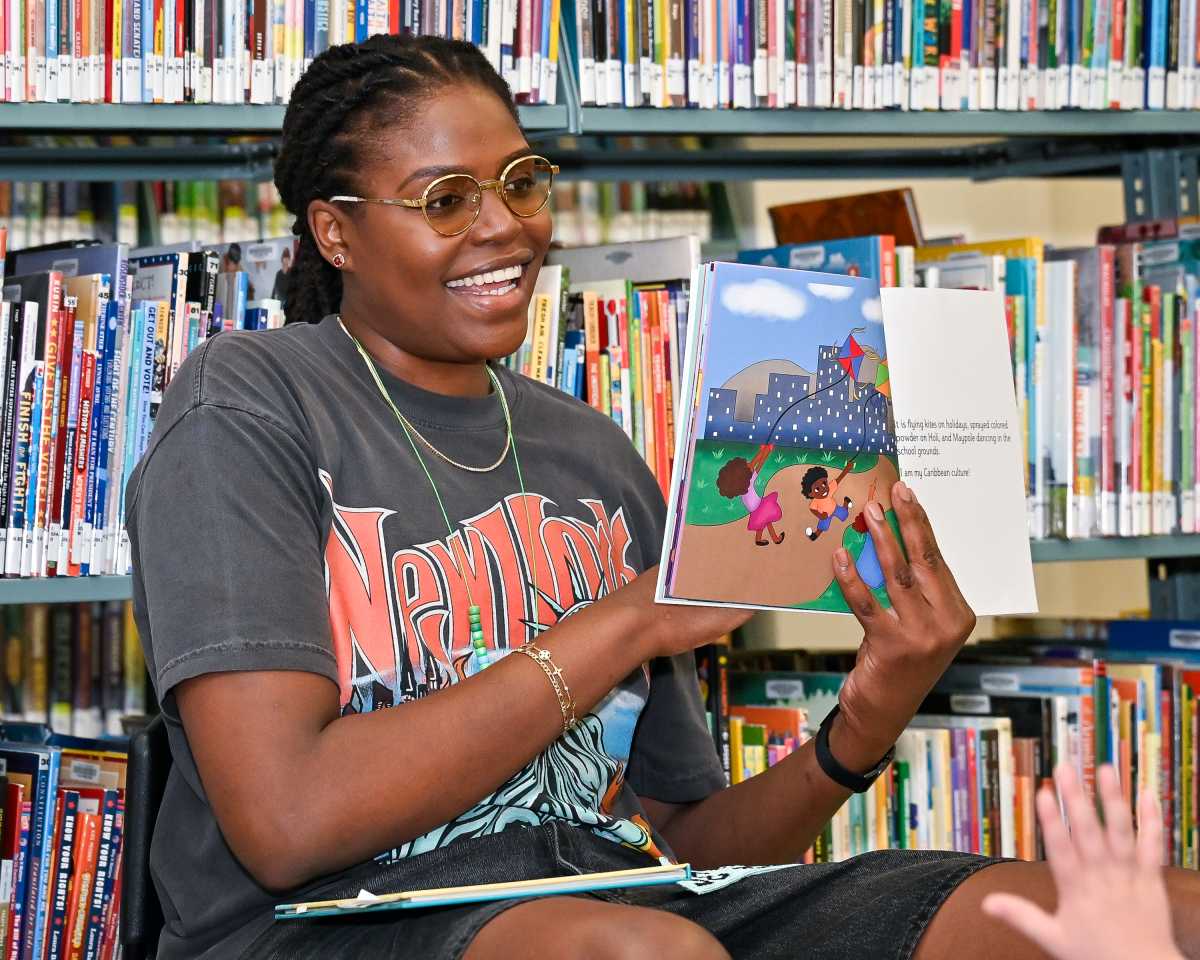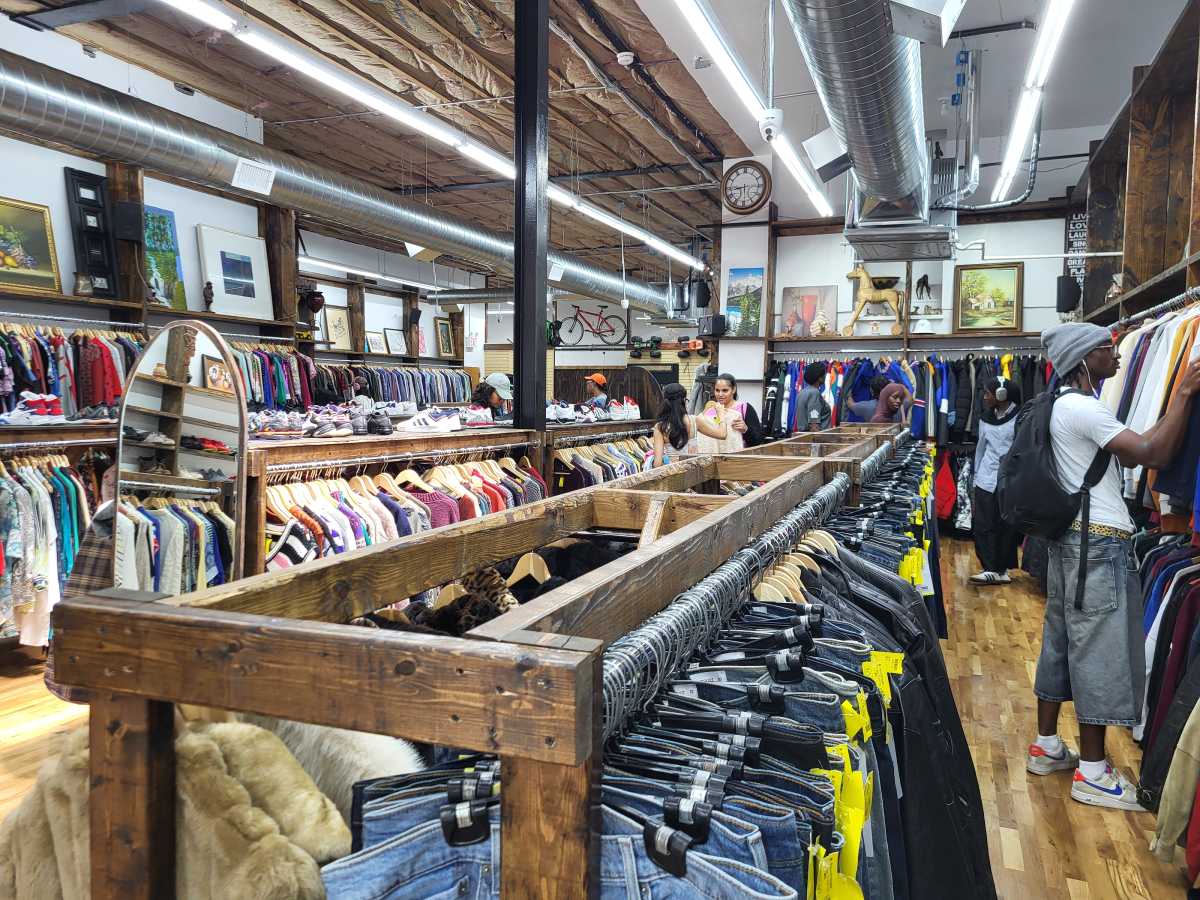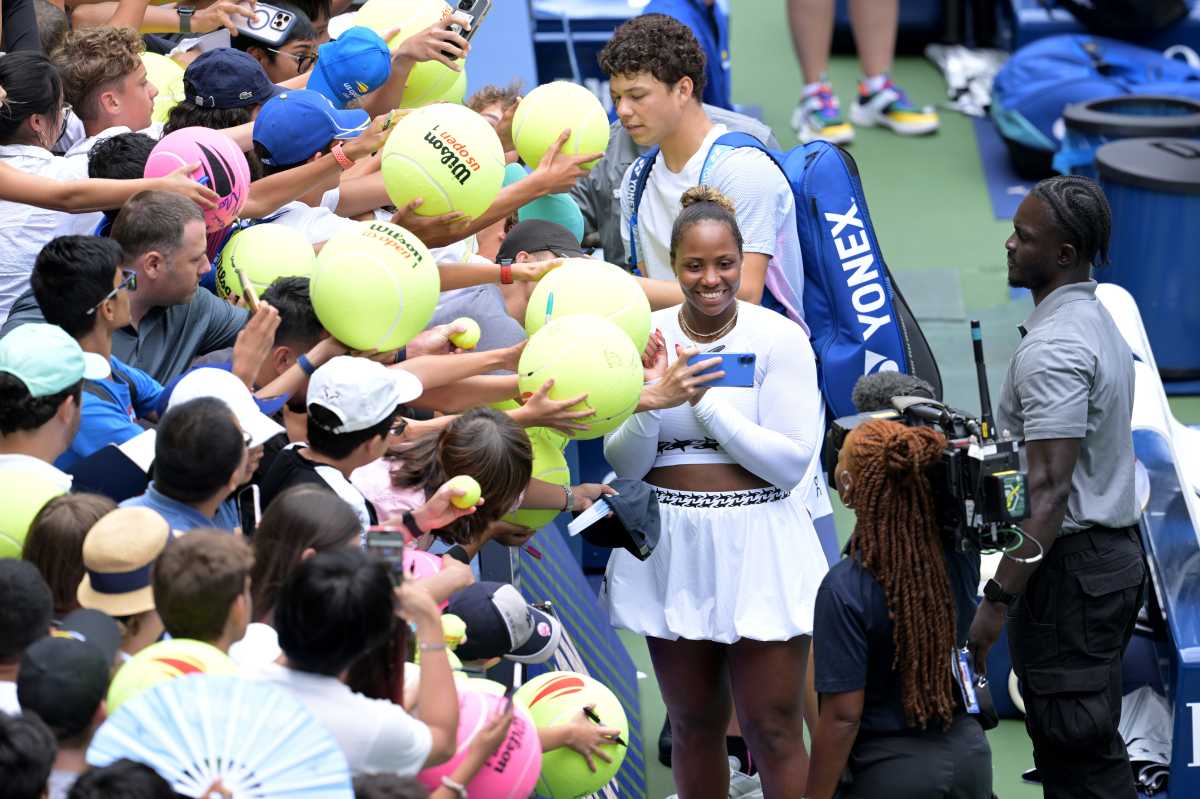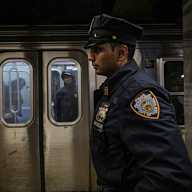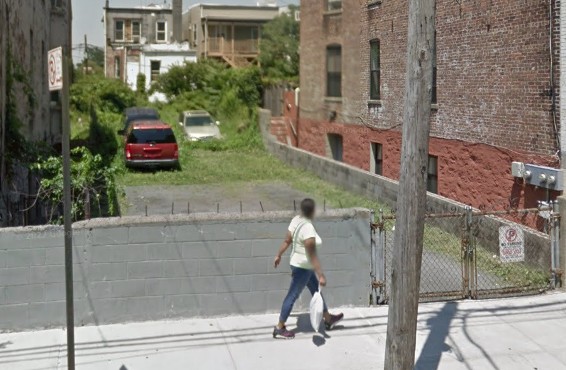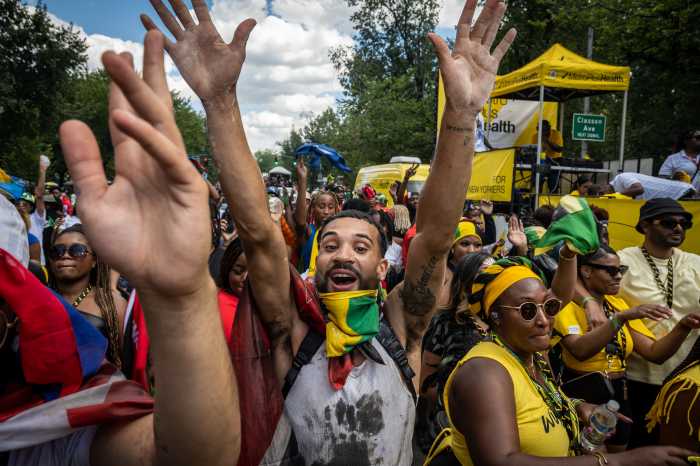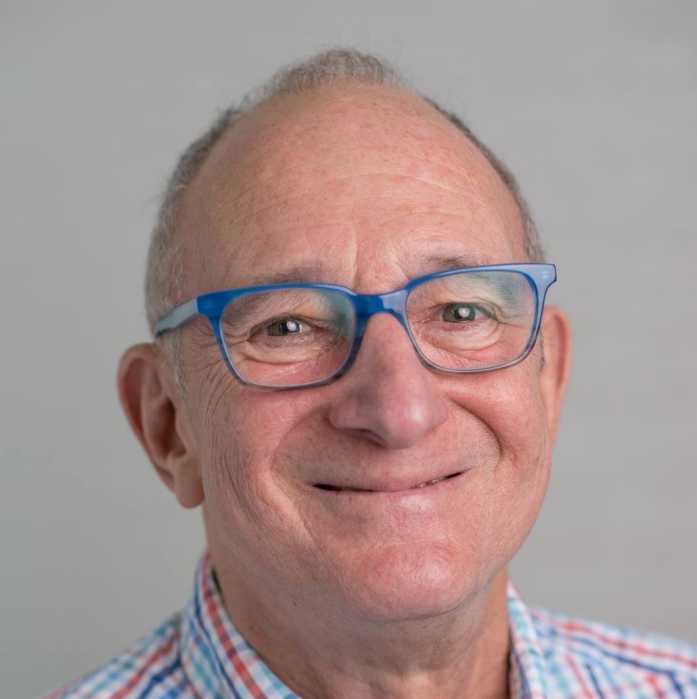By Bonnie Rosenstock
A visit to the Ukrainian Museum at 203 Second Ave. between 12th and 13th Sts. begins with a rickety elevator ride that takes you “way up high close to the clouds on the fifth floor,” says public relations director Martha Baczynski.
In these cramped quarters since 1976, when it was founded by the Ukrainian National Women’s League of America, the museum has been the steadfast repository of the history, achievements and contributions of Ukrainians and Ukrainian Americans, both past and present, and has produced innumerable praiseworthy exhibitions with companion catalogues.
No more small pirogies, er potatoes. Sometime in the fall, hopefully October, the tiny museum will relocate to a grand new three-story home on E. Sixth St. between Second and Third Aves. befitting its extensive but heretofore unseen collections of Ukrainian folk art, fine arts and archival documentary.
“We have close to 10,000 elaborately crafted, colorful costumes, parts of costumes, woven and embroidered textiles, headgear, footwear, beads,” says Baczynski. “Many of the people are old and their children don’t want them, so they give them to us. Unfortunately in this environment, we could barely show three percent of what we have. Most of it has been hidden in storage.”
The new modern stone-and-brick building with a large glass central entryway makes a definitive visual statement, but “is not foreboding or overtly assertive,” declares architect George Sawicki of SawickiTarella. Sawicki, 57, won the design competition in 1992, when the museum board of trustees invited professionals of Ukrainian heritage to submit their projects and visions. “We wanted a design that would be distinctive and memorable, that would have a sense of its own presence, but at the same time fits in with a very quiet street and doesn’t lose sight of the neighborhood architecture, some of which consists of classical New York City buildings. How well we achieved that, only time will tell,” says Sawicki, whose firm is located at 65 Bleecker St., in a Louis Sullivan-designed landmark building.
The culmination of both world wars, most markedly after 1948, brought a wave of Ukrainian migration to our shores. Ukrainians also went to Australia, South America and Canada. “Since New York was the port of entry, many stayed here,” explains Baczynski, a Queens resident who immigrated here as a young child after the Second World War. “New York has never been a traditional American city. It’s a country unto itself. It’s a wonderful place to live.”
For Ukrainians, like many immigrant groups, the Lower East Side has always been a requisite stop along the way to upward mobility. While many second-generation Ukrainians have left the neighborhood, the community has put down some very deep roots here and maintains a vibrant cultural, religious and commercial life, notably several churches of distinct denominations and one parochial school; Plast, a scouting group, which has its headquarters over Veselka’s restaurant; the Ukrainian American Youth Association; the Ukrainian Sports Club; Self Reliance (NY) Federal Credit Union; and the Ukrainian Congress Committee of America, a political organization, all within the radius of a few blocks in the East Village.
“People do tend to come back and bring their children to the organizations rather than the school,” says Baczynski. “The scouting organization has a large group of people who live not only outside the borders of New York City, but also out of state. They drive in every Saturday, bring their kids to have their meetings and to the Saturday school, where they learn Ukrainian.”
In recent years, several new waves of Ukrainians have flowed into the neighborhood. One began with the break up of the Soviet Union. The other is a flow back to the East Village. “For a while the younger people would leave and buy houses in New Jersey or Long Island,” Baczynski says. “But now you find a lot of young professionals — doctors, lawyers, teachers — are moving back here. St. George Catholic Church on E. Seventh St. built a large apartment house, where a lot of them also live.”
Thus, when the idea for expanding the museum and constructing a new building was being considered, the board decided it was best to build it here. As luck would have it, there was an available space on E. Sixth St. in the form of a closed sausage factory and meat-packing plant, “the width of three townhouses,” says Baczynski. The museum raised money and purchased the building at the end of 1985. Next they went about raising funds for the construction, which cost $7.5 million.
“It’s been almost a 15-year process. We’ve been playing catch up continuously to raise money as the building costs kept rising over the years,” explains museum director Maria Shust. Using just a little of the former building’s foundation, the new building began going up two and a half years ago.
“It took a great deal of effort, and the Ukrainian community really came through for us,” says Shust. “We raised about $9 million. It’s a source of pride for having achieved this. Our community isn’t composed of wealthy people. We’re all very excited.”
The interior of the new building is wood, stone “and basically white walls and ceilings,” says Sawicki. “All exhibits will feel comfortable. The purpose of the building is to allow the exhibits within the building to manifest themselves. I don’t try to compete with the exhibits, like the architecture of the Guggenheim in Bilbao, Spain, which is a work of art unto itself, and overwhelms what’s inside,” he adds.
The 25,000-square-foot interior provides sufficient space for several galleries, a multi-use gallery auditorium, a museum store and a gallery/cafe on the main floor, additional exhibition space and administrative offices on the second floor, state-of-the-arts conservation and storage for their fine arts and folk arts collections on the third floor and workshop classrooms on the lower level. In addition, they have “a very serious archivist,” says Baczynski, of Chrystyna Pevny.
“She knows everything there is to know about the Ukrainian community. People who want to find their families in Ukraine, she works with them and finds out where they came from,” Baczynski notes.
The museum will now be able to expand its educational programs for schoolchildren and young people, especially in the area of the folk crafts — embroidery, beadwork, making Easter eggs and traditional holiday baking. “We want the museum to become a magnet for those who have forgotten their roots,” Baczynski explains.
At the same time, the public relations director stresses that the first rule of their institution is that all programs are bilingual: “Most of our visitors are not Ukrainian, so it doesn’t matter where you go, to the Brooklyn Museum, the Metropolitan. The fact that you came here is that you’re interested. It will be an open museum like it has always been.”
The museum has the endorsement and support of the Ukrainian government, which will allow for the exchange of exhibitions with museums in Ukraine. Additionally, they will mount comparative exhibits. “Ukraine has neighbors. We want to show that side of neighborliness,” says Baczynski.
Several inaugural exhibits are already in the planning stages, including “Symbolism in Ukrainian Folk Arts” and a presentation of the works of one of Ukraine’s greatest painters and sculptors, Alexander Archipenko. “It will be a grand entrance into New York’s cultural community,” promises Baczynski.
